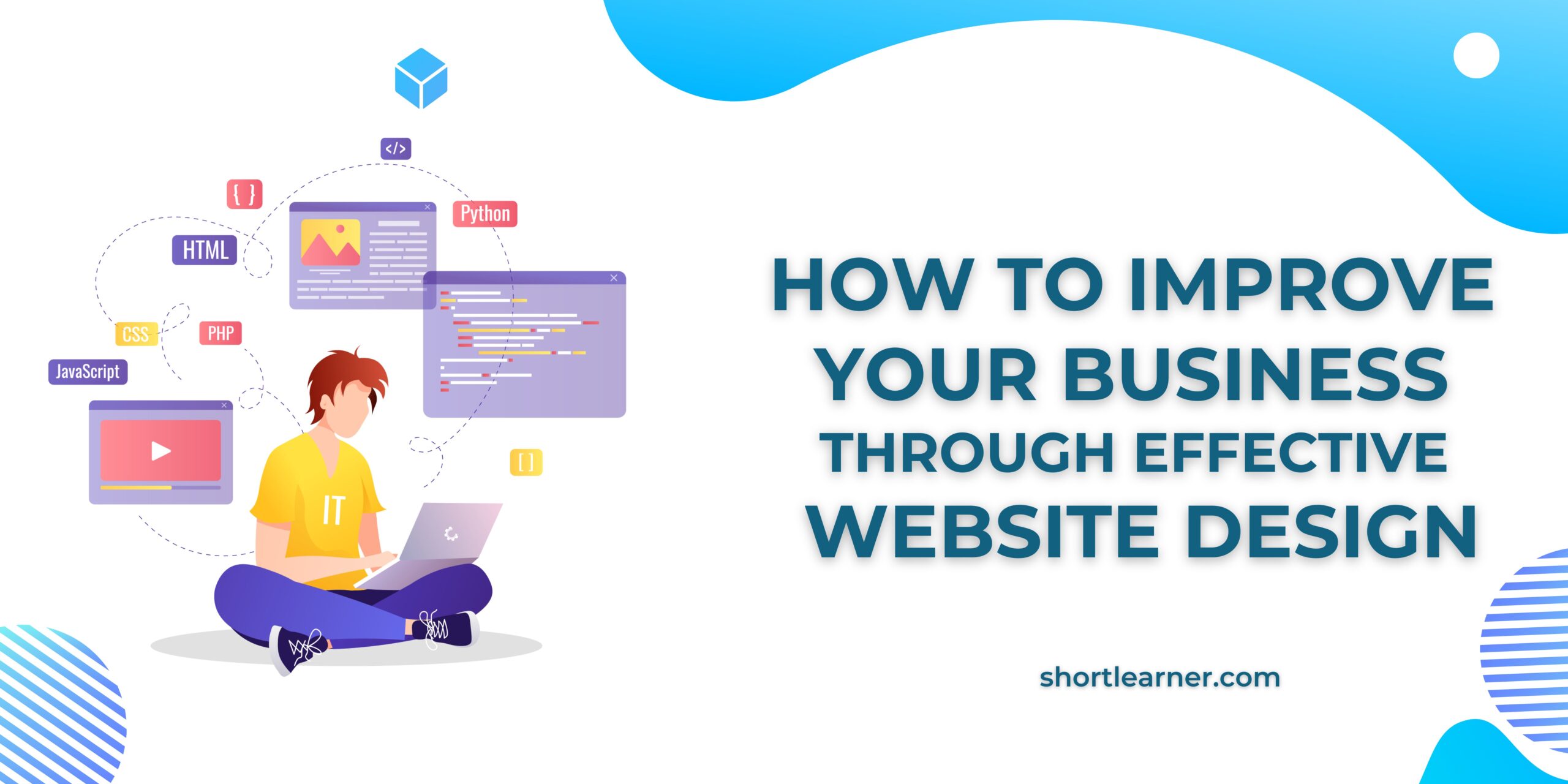Top 25 Tableau Interview Questions Prepare In 2022
Tableau Interview Questions : In our previous post we see beginners or intermediate level tableau interview questions and answer. now in this post we see some most frequently asked interview questions for tableau developer.

Intermediate level interview question for tableau developer.
Q. What are the sets?
Sets are custom fields that are created within Tableau Desktop and define a subset of data based on some conditions within Tableau Desktop based on. A set can be based on a computed condition, for example,
a set can be created for having a subset data of top 10 employees with the highest salary.
Q. what are groups.?
tableau group is basically set of multiple members combined in a single dimension to create a higher category of the dimension.
For example, if you are working with a view that shows average basic salary by major, you may want to group certain majors together to create major categories.
Q. How to use groups in a calculated field?
Add the ‘GroupBy’ clause to SQL queries or create a calculated field in the data window to group fields.
- Using groups in a calculation. You cannot reference ad-hoc groups in a calculation.
- Blend data using groups created in the secondary data source: Only calculated groups can be used in data blending if the group was created in the secondary data source.
- Use a group in another workbook. You can easily replicate a group in another workbook by copy and pasting a calculation.
Q. what are the difference between groups and sets in tableau.?
this is the most asked tableau interview questions, and you should prepare answer of this question with real world problem.
Sets
- sets are custom fields that define a subset of data based on some conditions IN/OUT.
- No provision of creating custom territories using sets.
- sets get positioned only in the data pane under sets section.
- sets differentiate the data in the viz , through IN/OUT notations without aggregating the data.
- sets are dynamic(as well as static).
Groups:
- a group is a collection of related memebers in field.
- custom territories are accomplished using groups.
- tableau generates a new entry in the data source as well as dimensions section when a new group is created.
- groups aggregate the data.
- groups are only static.

Q. What is the difference between discrete and continuous in Tableau?
There are two types of data roles in Tableau – discrete and continuous dimension.
- Discrete data roles are values that are counted as distinct and separate and can only take individual values within a range. Examples: number of threads in a sheet, customer name or row ID or State. Discrete values are shown as blue pills on the shelves and blue icons in the data window.
- Continuous data roles are used to measure continuous data and can take on any value within a finite or infinite interval. Examples: unit price, time and profit or order quantity. Continuous variables behave in a similar way in that they can take on any value. Continuous values are shown as green pills.
Q. What is the difference between a tree and heat map?
Both the maps help in analyzing data. While a heat map visualizes and compares different categories of data, a treemap displays a hierarchical structure of data in rectangles. Heat map visualizes measures against dimensions by depicting them in different colors. Similar to a text table with values defined in different colors.
Heat Map: A heat map can be used for comparing categories with color and size. With heat maps, you can compare two different measures together.

Tree Map: A tree map also does the same except it is considered a very powerful visualization as it can be used for illustrating hierarchical data and part-to-whole relationships.

Q. what is the difference between published data sources and embedded data sources in Tableau?
The difference between published data source and embedded data source is that,
- Published data source: It contains connection information that is independent of any workbook and can be used by multiple workbooks.
- Embedded data source: It contains connection information and is associated with a workbook.
Q. How to create a calculated field in Tableau?
- Click on the drop down to the right of Dimensions on the Data pane and select “Create > Calculated Field” to open the calculation editor.
- Name the new calculated field and create a formula. Take a look at the example below

Q. Mention what are different Tableau files?
Different Tableau files include:
- Workbooks: Workbooks hold one or more worksheets and dashboards
- Bookmarks: It contains a single worksheet and its an easy way to quickly share your work
- Packaged Workbooks: It contains a workbook along with any supporting local file data and background images
- Data Extraction Files: Extract files are a local copy of a subset or entire data source
- Data Connection Files: It’s a small XML file with various connection information
Q. What are the different types of joins in Tableau?
Tableau is pretty similar to SQL. Therefore, the types of joins in Tableau are similar:
- Left Outer Join: Extracts all the records from the left table and the matching rows from the right table.
- Right Outer Join: Extracts all the records from the right table and the matching rows from the left table.
- Full Outer Join: Extracts the records from both the left and right tables. All unmatched rows go with the NULL value.
- Inner Join: Extracts the records from both tables.
Q. How to remove ‘All’ options from a Tableau auto-filter?
The auto-filter provides a feature of removing ‘All’ options by simply clicking the down arrow in the auto-filter heading. You can scroll down to ‘Customize’ in the dropdown and then uncheck the ‘Show “All” Value’ attribute. It can be activated by checking the field again.
Q. What is the DRIVE Program Methodology?
DRIVE program methodology creates a structure around data analytics derived from enterprise deployments. The drive methodology is iterative in nature and includes agile methods that are faster and effective.
Q. What is Tableau data engine.?
An analytical database that computes instant query responses, predictive analysis of the server, and integrated data. The data engine is useful when you need to create, refresh, or query extracts. It can be used for cross-database joins as well.
Q. How do you embed views into webpages?
You can easily integrate interactive views from your Tableau Server or Tableau online onto webpages, blogs, web applications, or internet portals. But to have a look at the views, the permissions demand the viewer to create an account on the Tableau Server. To embed views, click the Share button on the top of the view and copy the embed code to paste it on the web page.
You can also customize the embedded code or Tableau JavaScript APIs to embed views.
Q. What is data blending in Tableau?
Data blending in Tableau is used when there is associated data in multiple data sources, which you want to
analyze together in a single window. To exemplify, consider the Sales data in a relational database and Sales
Target data in a spreadsheet, to compare, you can blend the data based on shared dimensions to get access to the
Sales Target measure.
The two sources involved in data blending are mentioned as primary and secondary data
sources. A left join is formed between the primary data source and the secondary data source with all the data
rows from primary and agreeing data rows from a secondary data source.
Q. What is Tableau reader?
Tableau Reader is a desktop app that was developed to be used for opening and interacting with data
visualizations. Tableau reader was created when Tableau was still starting up and it is a free product. It helps an
organization in governing how analytic content is to be shared and distributed.
Content creators and analyst makes use of this free application to distribute the contents they developed in Tableau desktop. Tableau reader was once the only option for sharing and distributing interactive content with others that need it within a group. This was possible even without having access to Tableau Desktop.
Q. what is stacked bar chart?
stacked bar chart is used to show comparison between categories of data, but with ability to break down and compare parts of whole.

Q. What is a Gantt chart?
A Gantt chart is a valuable graphical device, which demonstrates tasks or activities performed against time. It is
also called the visual presentation of a task where the activities are separated and shown on a chart, which
makes it is straightforward and interpret.

Q. What is a Histogram chart?
A histogram is a plot that gives you a chance to find, and show, the basic frequency (shape) of an arrangement
of continuous information. This allows the examination of the information for its hidden distribution, anomalies,
sleekness, and so on.

Q. what is waterfall chart in tableau.?
A waterfall chart is a type of information perception that helps in
understanding the total impact of consecutively presented positive or negative values. These values can either be
time-dependent or category based. The waterfall chart is known by another name, which is called a flying bricks
graph or Mario outline because of the obvious suspension of sections (bricks) in mid-air.

Q. How Can You Display the Top Five and Bottom Five Sales in the Same View?
You can see top five and bottom five sales with the help of these functions:
- Drag ‘customer name’ to row and sales to the column.
- Sort Sum(sales) in descending order.
- Create a calculated field ‘Rank of Sales’.
Q. How to do Performance Testing in Tableau?
Performance testing is again an important part of implementing tableau. This can be done by loading Testing Tableau Server with TabJolt, which is a “Point and Run” load generator created to perform QA. While TabJolt is not supported by tableau directly, it has to be installed using other open source products.






